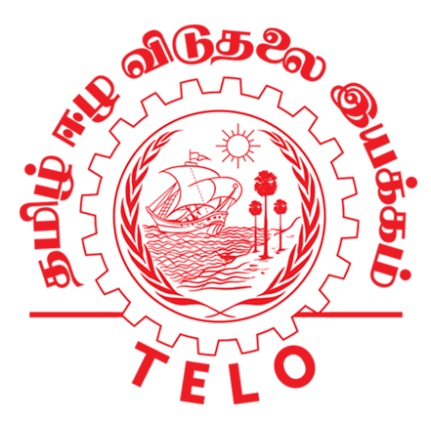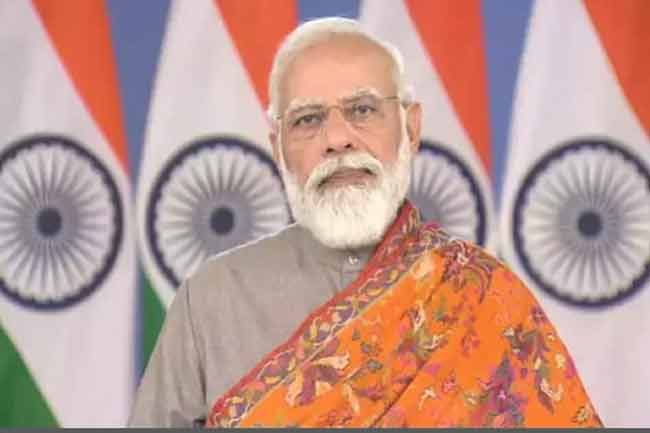Sri Lanka’s international relations and its importance keep surfacing more often than not in recent times. Its economy is being ‘supervised’ by the International Monetary Fund (IMF) while big power dynamics in the Indo-Pacific region have brought the country under the radar of foreign listening posts monitoring its every move. Sri Lanka is truly walking on eggshells.
This week, the Chinese Vice Foreign Minister was in Colombo; in India, its Foreign Minister announced how it wants to expand its ‘neighbourhood first’ policy to an ‘extended neighbourhood’; and Sri Lanka went ahead with the UN Nuclear Test Ban Treaty to please those that are calling for a stop to further testing (read Iran and North Korea) even if a host of countries, including nuclear powers like India and Pakistan are refusing to sign it. The latter subject was a hot topic at the recently concluded Hiroshima pro-Western alliance G-7 summit and comes in the backdrop of an escalating conflict in Ukraine with the omnipresent threat of a nuclear war if things take a nastier turn for Russia.
The Chinese Vice Foreign Minister’s visit was a regular one for bilateral talks. The Chinese were thanked for their eventual support in the debt restructuring negotiations and Sri Lanka’s clinching passage through the Paris Club for the IMF Extended Fund Facility. Coincidentally, or otherwise, the Government signed a contract with China’s petroleum distributor to engage in fuel distribution in Sri Lanka.
The visit also coincided with comments across the Palk Strait by the Indian Foreign Minister who spoke of a ‘Greater India’, both in influence and ambition as well as in geographical reach with an ‘extended neighbourhood’. The Minister outlined New Delhi’s mission and vision that involves islands in the Indian Ocean, Gulf countries and nations even in South East Asia. With Sri Lanka very much within this arc of influence, already facing challenges of a Greater Indian reach, it is now official that India wants to expand “what should be our neighbourhood”, as the Minister calls it.
Speaking on ‘Modi’s India’ – a “Rising Power”, the title itself betrays New Delhi’s view of the new world and India’s role in it. The Minister said it was time to use the “complex global landscape” to India’s advantage as a global power. He then referred to the example of how “generous” India was in coming to Sri Lanka’s assistance last year. “What we have done for Sri Lanka is bigger than what the IMF has done,” he said, and went on to add that any visitor to Sri Lanka “will note the popular perception that has accrued for that action.”
That, of course, is debatable. Sri Lanka went bankrupt and India bailed it out in its darkest days. How altruistic was its action though, is another matter. It was generally considered in Colombo that while India’s Finance Minister was adopting more open-handed philanthropy, its Foreign Minister was driving a hard bargain demanding MoUs for the Trincomalee oil tanks, Colombo Port terminals and wind farms in the north in return. The IMF’s demands are different, not for real estate in Sri Lanka.
And the narrative continues. The former Governor of the Eastern province (who seems to have had no clue of realpolitik and went ahead to twin the province with a province in China) was sent home by Colombo and replaced with a politician whose first port of call after his appointment was to ‘India House’.
The Indian Foreign Minister took the China issue head-on. He called for “some kind of equilibrium”, a welcome call for better relations. Such an equilibrium will bring peace to the neighbourhood no doubt, and countries like Sri Lanka can rest easy concentrating on trade and economic development with peace in the Indian Ocean without India imitating China’s ‘String of Pearls’ in the same seas. Sri Lanka, the ‘Pearl of the Indian Ocean’ is going to get well and truly entangled in these competing strings.
The islets of Kachchativu and even Delft in the north of Sri Lanka are highly vulnerable to an extended neighbourhood of India. Already, Indian fishermen consider the territorial waters in and around the Palk Strait and the Gulf of Mannar as their ‘legitimate traditional fishing grounds’. The revenue accruing to India from the stolen fish catch is not factored into the balance sheets with Sri Lanka though.
This is what India has wanted to be for years – since testing its nuclear capacity successfully in 1974, and declaring itself a nuclear weapons state 25 years ago. Now it has the added economic muscle to flex. It is asserting itself in total alliance with the United States and the major military and economic powers of the world, having long abandoned the Non-Aligned Movement, and even the regional group, SAARC.
With the US President asking for his autograph, the Australian PM calling him a rock star and the Papua New Guinea leader touching his feet, the Indian PM is only human to feel he is on a trip taking his country to new heights in global recognition. Despite the recent electoral setbacks at home, the PM will be visiting the US and France soon, hosting the G 20 summit and rubbing shoulders with world leaders.
The Nepal PM was in New Delhi this week with a 100-strong delegation to literally mend fences over border disputes, and discuss trade and economic issues which include Indian projects in his country. It would do well for Sri Lanka’s strategic studies fellows to follow the outcome of these talks. China is also present in Nepal, and like in Sri Lanka, India considers this more than an irritant, that of an encroacher in its ‘extended neighbourhood’.
On this weekend of Poson poya, which marks the introduction of Buddhism to Sri Lanka, even Buddhism is being used by both India and China as a tool of diplomatic soft power in Nepal, Bhutan, Sri Lanka and the countries of South East Asia (see related story on Sunday Times 2 Page 3). Covertly, forces are at work to undermine the religion in the Buddhist world.
It is worth recalling that Buddhism spread to Persia in the west and Japan in the east from India centuries ago without conquering armies and bloodshed. Today’s world is different as the Indian Foreign Minister said. Then there were no nuclear weapons, F-16 jets or naval flotillas. In the future, armed conflicts between competing nations will likely be waged from air-conditioned war rooms through computers and Artificial Intelligence. That is the new complex global landscape.
Source: Sunday Times Srilanka





